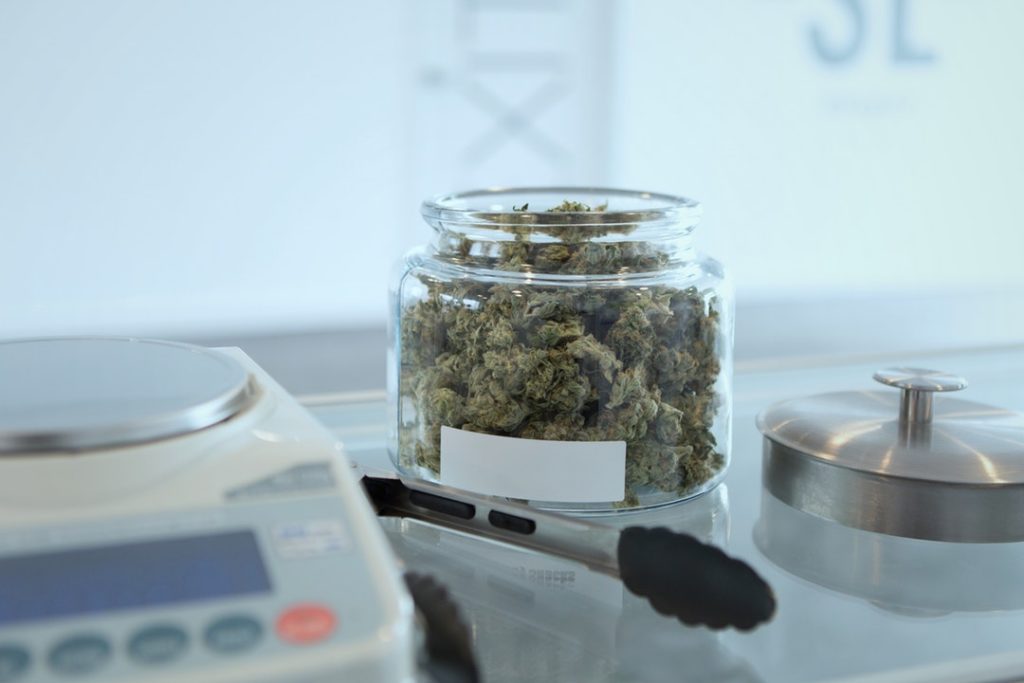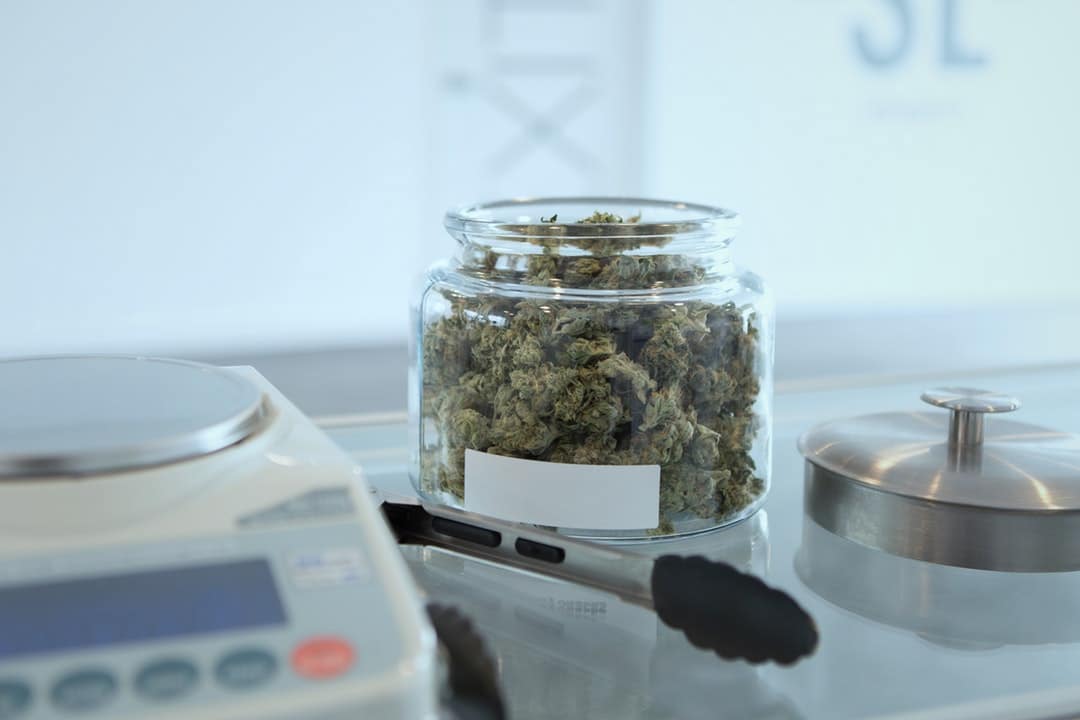
There are over 900,000 people using medical marijuana in California.
For thousands of years, humans used marijuana to treat medical problems and symptoms. From pain to anxiety, we’re rediscovering the potential medical benefits of this herb.
The current research on marijuana and Parkinson’s disease is promising. Science is closer to understanding how this plant and Parkinson’s symptoms are connected.
Keep reading to learn more about the latest research on this topic.
The Endocannabinoid System
The endocannabinoid system (ECS) plays a key role in the human body. Like our digestive and nervous system, all humans and mammals have an ECS. It consists of:
- endocannabinoid receptors in the brain, nervous system, organs, glands, and immune cells
- natural chemicals that connect to the receptors (known as ligands)
The body creates ligands in the same was as endorphins. These neurotransmitters bind to the molecular receptors. They produce a reaction that has a positive effect on our mental state.
The ECS reaction is different in different parts of the body. But the main goal of our ECS is to create an internal balance known as homeostasis.
The endocannabinoid system has a way of balancing all other internal systems. It helps regulate important functions, such as appetite, pain, immune response, and sleep.
The ECS and Marijuana
Cannabinoids are the primary chemical compounds found in the cannabis family of plants. These chemicals mimic the ligands your body produces.
The cannabis family of plants contains more than 100 known cannabinoids. These compounds bind to our ECS receptors like ligands. From there, they trigger various therapeutic responses depending on the type of cannabinoid.
The two most well-known and studied cannabinoids are delta-9-tetrahydrocannabinol (THC) and cannabidiol (CBD).
THC is a psychoactive compound. It produces a high feeling associated with recreational marijuana use.
CBD is a nonpsychoactive compound. It shares many of the therapeutic benefits of THC without the high.
Researchers have noted THC for its anti-inflammatory, anesthetic, and nausea-relieving properties. CBD treats pain and inflammation. It helps with anxiety and other uncomfortable symptoms resulting from various health conditions.
Medical marijuana combines varying ratios of these two compounds. It’s often found in liquid, oil, pill, spray, and topical forms. It’s a non-addictive alternative to pharmaceuticals with more severe side effects.
Marijuana and Parkinson’s Disease
Scientists are still researching the benefits of cannabinoids. They believe that these compounds are helpful for managing neurological and non-neurological medical conditions. Marijuana is showing promise in treating some of the symptoms of Parkinson’s disease.
Marijuana and ECS Receptors
First, marijuana may be able to improve tremors. It may also help with dyskinesia and involuntary movements. It does so by binding to one of two types of ECS receptors.
Our brains have CB1 receptors. Scientists think that marijuana provides a boost to these receptors.
For Parkinson’s patients, this is particularly important. Parkinson’s disease patients have fewer CB1 receptors than healthy people.
The Basal Ganglia
The basal ganglia is a hot spot for ECS receptors. This area of the brain regulates movement. As such, it’s particularly affected by Parkinson’s disease.
Researchers are looking into how cannabinoids bind to receptors in this brain circuit. They believe it can ease the movement-related symptoms of the disease.
Brain Protection
Many studies have shown the anti-inflammatory and antioxidant properties of cannabinoids. It’s these properties that help support brain health and protect the brain cells.
Limitations
Researchers make assumptions based on what we already know about how cannabinoids work. Based on this information, they believe that medical marijuana can treat many symptoms of Parkinson’s. These benefits include relief from stiffness, dystonia, insomnia, pain, and more.
Researchers don’t know exactly what it can treat and in what ratios and doses. That’s why they need clinical trials. But they’re limited in their ability to conduct these trials.
Marijuana is a schedule I substance under the Controlled Substances Act. It’s illegal under federal law, making it difficult to perform and fund research. As long as it remains illegal, researchers face difficulty conducting adequate trials.
Potential Side Effects
As with most other medications, the side effects of marijuana will depend on the person taking it. Individual tolerances vary, and the plant may react with certain medications you’re taking.
Marijuana is well tolerated by most individuals. The side effects are minimal, but you should still be aware of the risks.
The most common side effects are dizziness, weakness, and nausea. Some people experience mood swings and behavior changes. They may also experience cognitive changes associated with memory.
These side effects are temporary. The symptoms will fade as the marijuana works its way out of your bloodstream. But they do tend to be more exacerbated in elderly individuals.
Marijuana may interact with blood thinners and medications intended for sleep disorders. It’s important to speak with your doctor before using it.
Parkinson’s patients need to be especially aware of the risks. It’s not known how marijuana affects the symptoms of Parkinson’s. This includes cognition, mood, and balance.
More Medical Marijuana Information
The relationship between marijuana and Parkinson’s is developing. As more states make medical marijuana legal, the potential for adequate research grows.
With more research, scientists can learn more about its healing properties. We already know that cannabis has anti-inflammatory and pain-relieving properties. It’s assumed that these effects are beneficial for Parkinson’s patients.
Scientists also believe that marijuana can help ease various symptoms of Parkinson’s disease. There may be some relief for symptoms like tremors and involuntary movements. Scientists believe that marijuana can improve sufferers’ quality of life.
But marijuana studies go beyond what it can do for Parkinson’s. It’s now known for is potential in regard to various conditions and treatments. To find out more about its healing properties, check out our other blog posts.




